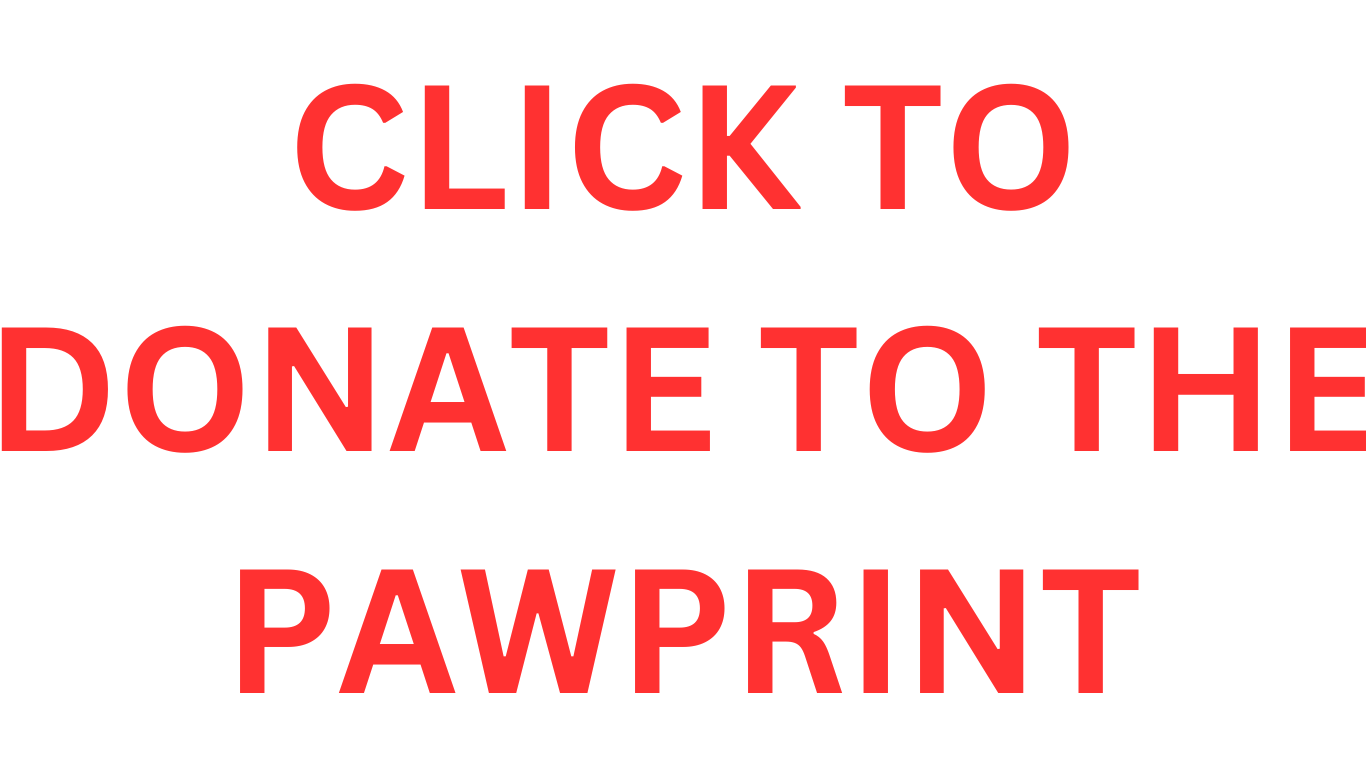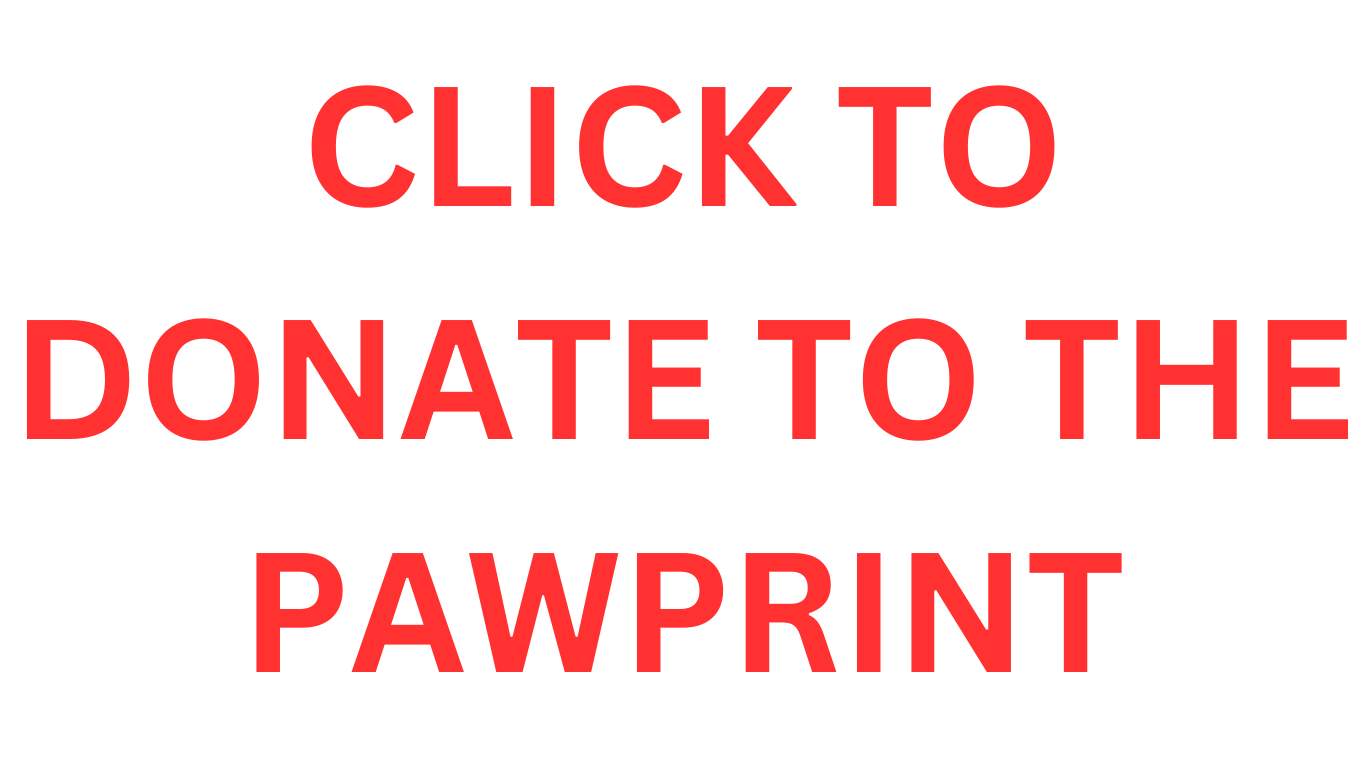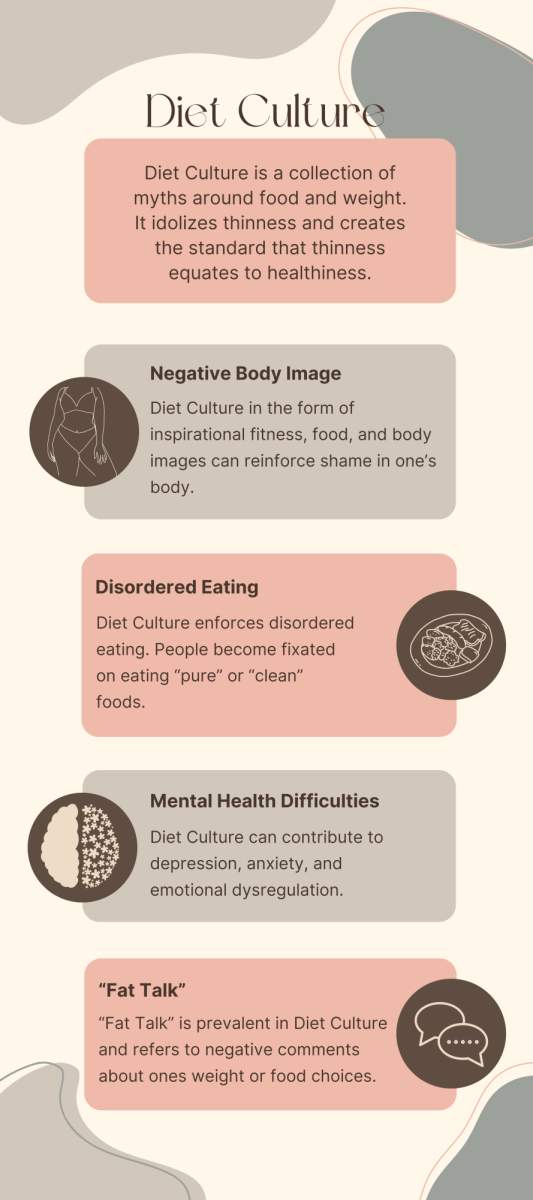 Back in the in the late ‘40s or early ‘50s, a few surfers got together one day to surf, but were halted by the smooth Pacific ocean. Days like these were what surfers dreaded, they had nothing to do then. Until one unknown surfer took a wood plank and put some roller skate wheels on either side and rode it like a surfboard. In the ‘60s, skateboarding became a kid’s activity, like hula-hooping or jumping rope.
Back in the in the late ‘40s or early ‘50s, a few surfers got together one day to surf, but were halted by the smooth Pacific ocean. Days like these were what surfers dreaded, they had nothing to do then. Until one unknown surfer took a wood plank and put some roller skate wheels on either side and rode it like a surfboard. In the ‘60s, skateboarding became a kid’s activity, like hula-hooping or jumping rope.
When the ‘70s came around, skateboarding earned an image of a deadbeat’s sport. People thought it was something for thugs to do in between getting high and mugging people. This image stuck with it until the ‘90s, when Tony Hawk began to get non-skaters involved with his video games and skateboarding products, but also added to its violent look. In many skating games, players can attack people or spray graffiti around a city. But that doesn’t any kid who picks up a skateboard is going to start attacking people.
Skating then went back to being thuggish in the early 2000s and has been seen that way since. Most skaters are very dedicated, normal, and friendly people. There’s a good sense of community among them, there’s almost an instant connection between two complete strangers who skate. It’s almost like a brotherhood.
In any brotherhood, there’s always a few stooges. In major sport leagues such as the NFL, MLB, and NHL you always hear stories about some controversy with the players. Although, the majority of the players are dedicated to the sport and mostly nice people. A few goons don’t make an entire group bad.
While the bad eggs of skating represent it badly, the “average skater” can misrepresent skating as well. Skaters are corralled into skate parks to keep them off the streets. Often times, these parks charge a seemingly small fee of five or six dollars per session, but would you really want to pay every time you want to have some fun? So skaters will head to empty parking lots, bottoms of cul de sacs, or spacious public venues such as Downtown Columbia’s Lakefront along other fun-lovers, like bicyclists. Although, one activity is seen as normal, while the other is seen as a crime. And this “crime” results in skaters getting in trouble with angry store owners, security guards, or angry pedestrians.
And while skateboarders are victim to false accusations, they do cause some problems. They get in the way, but then again, everyone does. They try to stay out of the way. They also destroy property unintentionally. Grinding ledges and rails is a large part of skateboarding, and one of the more destructive ones. But then again, ledges are outside. They’re going to get damaged one way or another.
Skaters just wanna skate. They don’t try to get in the way or “disturb the peace”, they just want to pop a kickflip down some stairs. Don’t let stereotypes persuade you to believe that a group of kids on skateboards are out to destroy the town.







